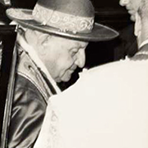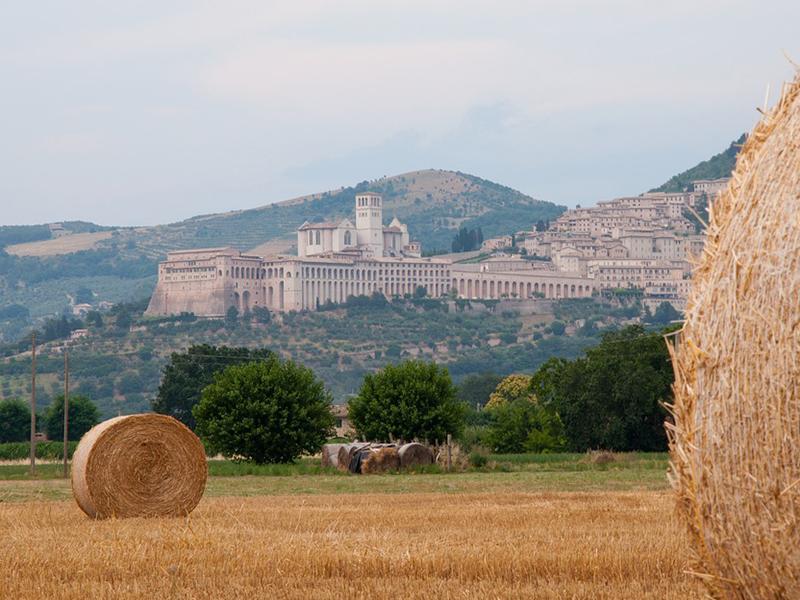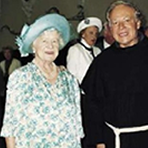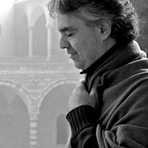Le visite dei pontefici


My youngest daughter has told me that Annabelle, her baby doll, might have the coronavirus
My youngest daughter has told me that Annabelle, her baby doll, might have the coronavirus. We talk about it as we take a daily walk up the road. She’s not sure yet whether it is diabetes or the virus. Annabelle’s symptoms vary, but she has not left the small cradle by the side of my daughter’s bed in days. I have been told I can babysit for Annabelle, but only if I promise to hold her gently and not give her candy. My daughter holds my hand as we walk. She wants to talk about her doll’s sickness every day. Not surprisingly, she’s not sure when or if Annabelle will get a test.
I ask whether she’s anxious about Annabelle. She says not really. She thinks she will recover and maybe just needs a shot. We walk on in the sloppy spring snow. The days are getting longer and the walks are getting longer, our conversation looping like piles of old garden hose.
In addition to Annabelle, we have talked about rocks and crystals and a pretend set of sisters (of which she, my youngest, is the oldest). One of the sisters is pregnant and one is traveling in Europe. My daughter tells me that she is married and her husband is a “good guy” but has left that morning by plane for Florida. He is apparently a reporter in Sanibel. We pick up some rocks and put them in our pockets. Later I will have to give her my hat to hold all her treasures, and later still, I will put my cold hands in my pockets and find dirt.
I have told her that her grandpa has cancer, a surprise to her. It’s not serious, I say, and that sounds insane. I clarify that it’s the best form of cancer one could possibly hope for — a highly inactive form of leukemia. She is now nodding at me in the same way I nodded at her before.
We are walking along a path made of wood chips. It cuts through the forest along lines created by fallen oaks in a tornado that ripped through Connecticut in May of 2018. That spring I came to this same place and sat among the shattered trees. Many of the trunks exploded eight or 10 feet up from the ground in the shape of splattered palms. Others lay prone in piles. Several split in the middle, leaving gaping shapes that framed the disaster like keyholes into a broken world. Now the area is clear and open and flooded with sun.
While we walk, I have to remind my daughter to keep moving. The faster she talks, the slower she goes. I am trying to listen to her, but half of my mind is thinking about other things. If I am quiet for too long, she tugs at my hand, pulling me back into conversation. It is hard to keep in focus the reality of her mittened fingers and the reality of the world at once, both of them vying for my attention.
James was writing about how hard it is to see someone else’s inner light — the thing that keeps them illuminated in dark times — especially when we are fixated on our own lives. We pass one another, intent on ourselves and our own problems, never imagining the burning fire under the dark coat. I am thinking about James and remembering being in Italy last summer, watching the lights across the valley in Assisi coming on in a dotted dance as the sun went down, a smatter of earthly stars. And then I try to recall something the philosopher Emmanuel (The New York Times)
Cari amici la rivista San Francesco e il sito sanfrancesco.org sono da sempre il megafono dei messaggi di Francesco, la voce della grande famiglia francescana di cui fate parte.
Solo grazie al vostro sostegno e alla vostra vicinanza riusciremo ad essere il vostro punto di riferimento. Un piccolo gesto che per noi vale tanto, basta anche 1 solo euro. DONA


